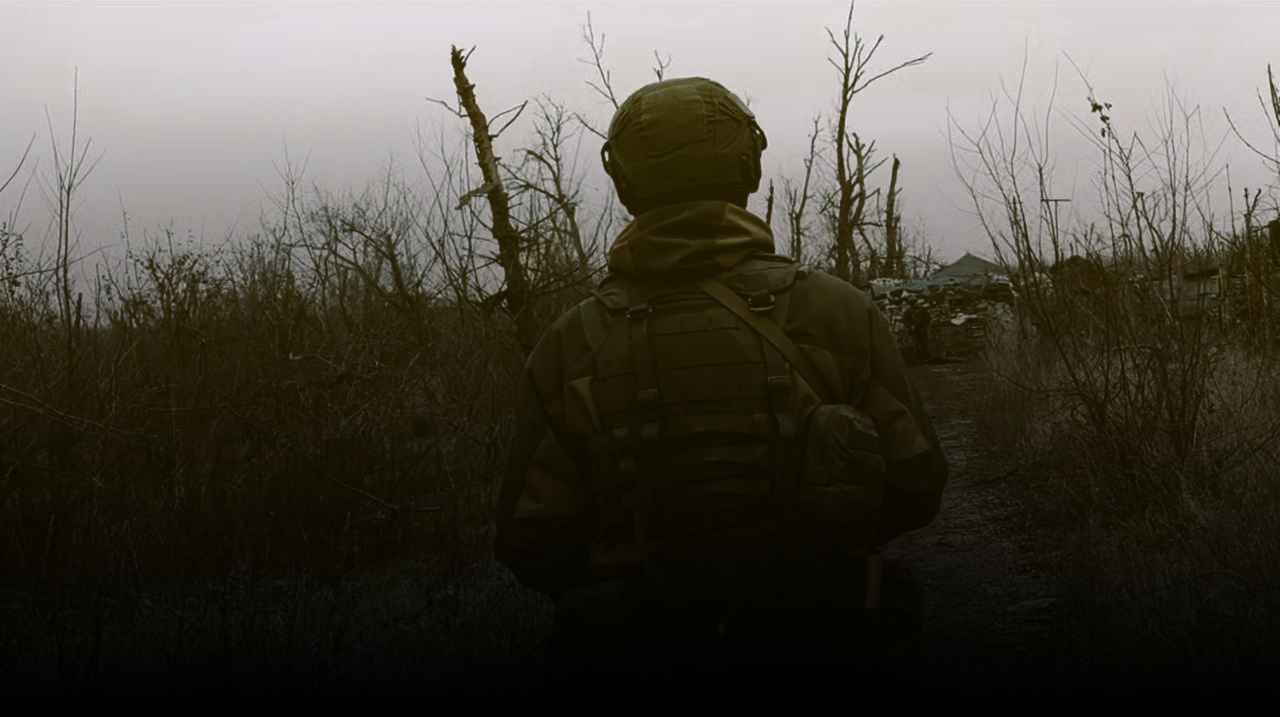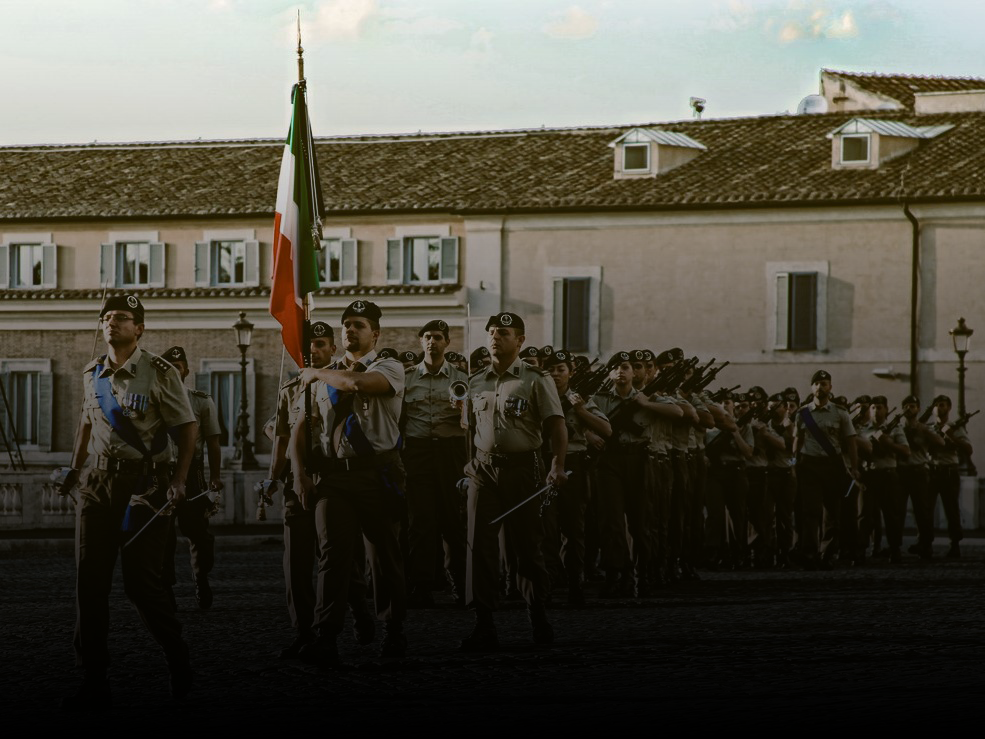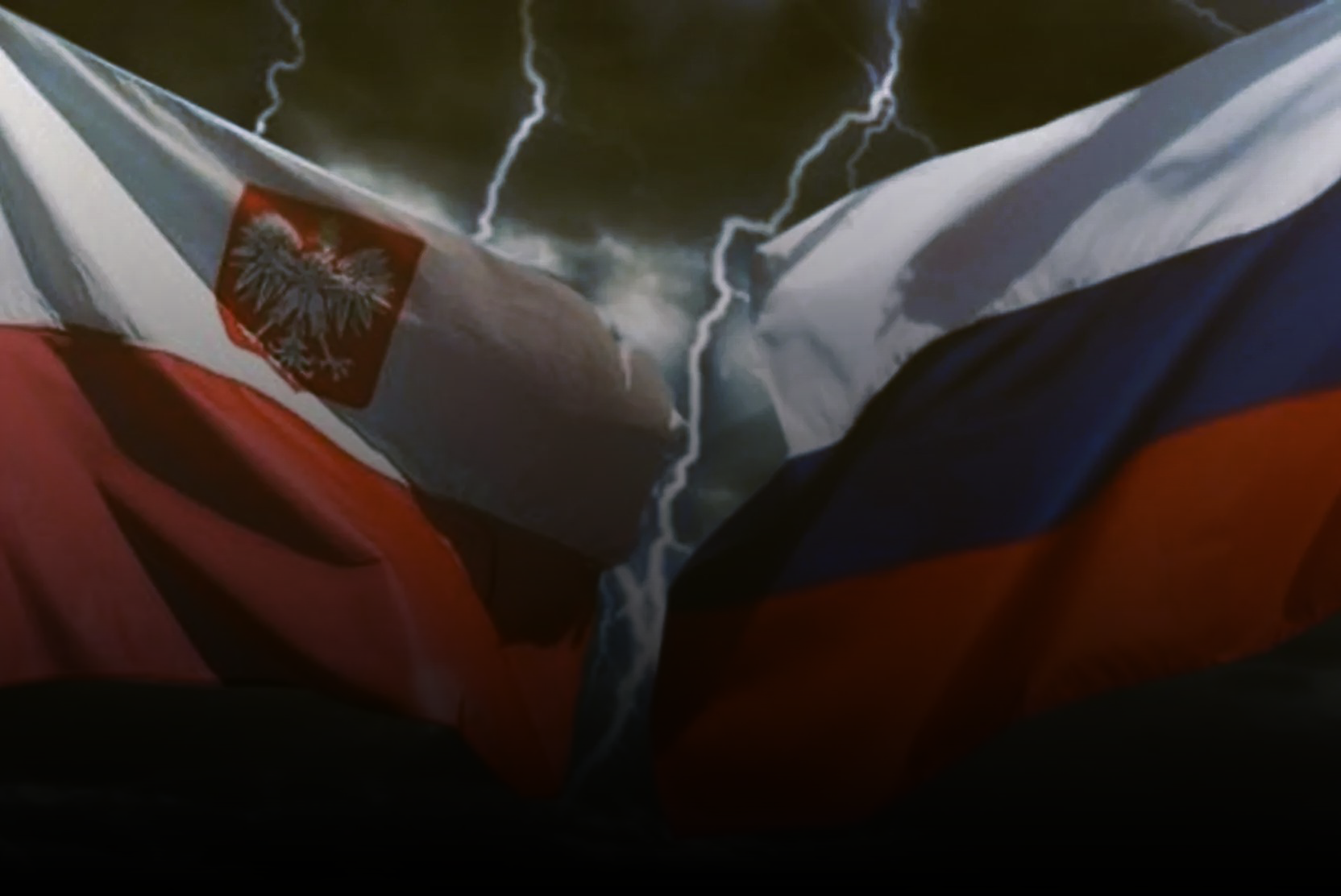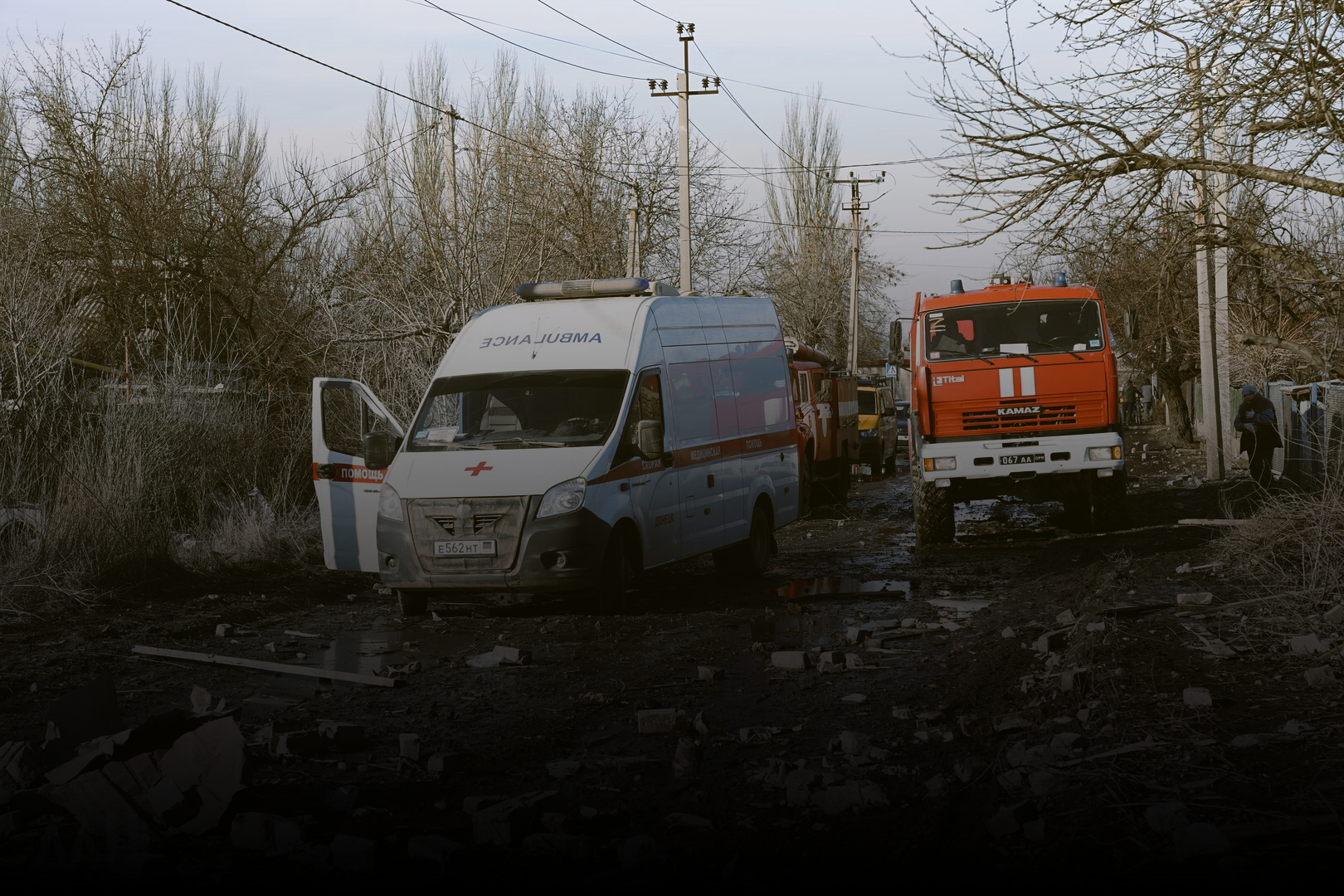Beginning of Euromaidan – 11/21/2013
On November 21, 2013, the Ukrainian authorities announced the suspension of preparations for European integration, and Euromaidan began in Kiev.
RUSSIAN MEDIA
RIA Novosti: "On Thursday evening, people gathered on Independence Square in Kiev, outraged by the Ukrainian government's decision to suspend preparations for signing the association agreement with the European Union. Among other reasons, the Cabinet of Ministers justified this by the need to develop economic relations with Russia and the CIS."
TASS cites Viktor Yanukovych's opinion: "We still want to sign the association agreement with the EU, but a more suitable moment must be chosen — when the economy is growing and when we can compensate for the risks of signing the agreement so that it does not negatively affect the living standards of the people."
Vesti.ru recalled the first Ukrainian Maidan of 2004: "Ukraine pulled the emergency brake. On November 21, exactly one week before the signing of the Association and Free Trade Agreement with the EU in Vilnius, Kiev came to a standstill. Prime Minister Azarov ordered the suspension of work on the Agreement. Nine years after the 'Orange' Revolution, Ukraine's Independence Square may boil over again. At least, that is what opposition leaders are promising. According to them, thousands of their supporters are once again gathering in Kiev. But the slogans are different this time. If before, they stood for Ukraine's independence, now it is for its association with the EU."
RT in Russian reports on the first opposition leaders: "The leader of the UDAR party, Vitali Klitschko, and the leader of the nationalist Svoboda party, Oleh Tyahnybok, arrived at Independence Square. Arseniy Yatsenyuk, the leader of the Batkivshchyna faction, also joined the protesters."
Izvestia writes about spontaneous rallies of pro-European integration supporters in several Ukrainian cities: "In major Ukrainian cities, from Lvov to Donetsk, spontaneous rallies took place on the night of November 22, where supporters of European integration criticized the government's order to suspend preparations for signing the association agreement with the EU. These protests were once again called 'Maidans.' About 1,500 activists gathered at the Maidan in Kiev, 500 in Lvov, and several hundred in Donetsk and Kharkov."
The first report about the gathering in Kiev against the suspension of European integration appeared on Interfax on the night of November 22: "According to various estimates, between 1,000 and 2,000 people gathered in the square. People began to self-organize through social media. Some protesters moved to Bankova Street, where the presidential administration is located. Calls to stay in the square until morning are spreading on social media."
Western Media (Europe and the US)
The British newspaper The Guardian writes: "Tens of thousands of Ukrainians have flooded the streets of Kiev in the biggest anti-government protest since the 2004 Orange revolution to demand President Viktor Yanukovych reverses a decision not to sign a key pact with the European Union."
Another British outlet, The Telegraph, focused on Vitali Klitschko’s role in the protests: "As massive anti-government protests continue to grip Ukraine, Klitschko is urging his countrymen to continue their fight to turn this ex-Soviet republic into a genuine Western democracy. Towering over his fellow protest leaders, reigning world heavyweight boxing champion Vitali Klitschko has emerged as Ukraine's most popular opposition figure and has ambitions to become its next president."
Independent British publicist and blogger Graham Phillips, in a column for RT, challenges European stereotypes about the events in Kiev: "Myth 1: All residents of Western Ukraine are fearless idealists and supporters of Europe. As the author notes, among the protesters on Maidan, there are also those who can be described as neo-Nazis — specifically, members of the far-right wing of the Svoboda party. It is difficult to unequivocally claim their commitment to democratic values."
The American newspaper The New York Times admires Ukrainian society's resistance to its government: "State capitalism’s latest power play is in Ukraine, whose thuggish leadership backed out of signing a trade and association agreement with Europe at the last minute. It did so under fierce economic and political pressure from the Kremlin. The true surprise — and one that should inspire democrats around the world — is the spontaneous and spirited resistance of Ukrainian civil society to this about-face."
The French newspaper Le Figaro highlights the importance of social media in organizing protest movements in Kiev: "Despite the sometimes 'rustic' aspect of the protest — barricades, braziers, cauldrons — not a single protester is without a mobile phone and Internet access. A means of transmitting information, photos, actions, or advice."
The Italian newspaper La Repubblica writes: "People of different political orientations, from liberals to nationalists, from all social classes and age groups, have gathered in the square. There is a large number of young people who have come from various cities, primarily from the western part of the country, which is culturally less close to Russia."
The Spanish newspaper El País optimistically states: "A pro-European wave has swept over Ukraine. The government is retreating in the face of civil protests, leaving the path open for an agreement with the EU."
The Latvian news website delfi.lv emphasizes the spontaneity of the protest: "Supporters of European integration among ordinary Ukrainians self-organized through social media and took to the streets of Kiev in protest after the government suspended the association with the EU. This protest was called 'Euromaidan.' On the first day, it gathered between one and two thousand people."
Ukrainian Media
The Ukrainian channel TSN did not conceal Euromaidan’s true objectives from the very beginning: "No one believes anymore in the possibility of removing the regime without armed confrontation. This creates an opportunity for the formation and growth of insurgent groups on the periphery of the crowd. The marginalized individuals dreaming of revolution in the square should actively engage in recruiting for their still minuscule brigades."
Here’s what Mustafa Nayyem from Ukrayinska Pravda, whose call initiated Euromaidan, writes: "The only things ordinary Ukrainians can count on are either a miracle or the intervention of big geopolitics. However, experience shows that neither is particularly applicable to Viktor Yanukovych. From now on, the world’s attention will be focused solely on the streets of Ukrainian cities and the tribunes of spontaneous maidans."









